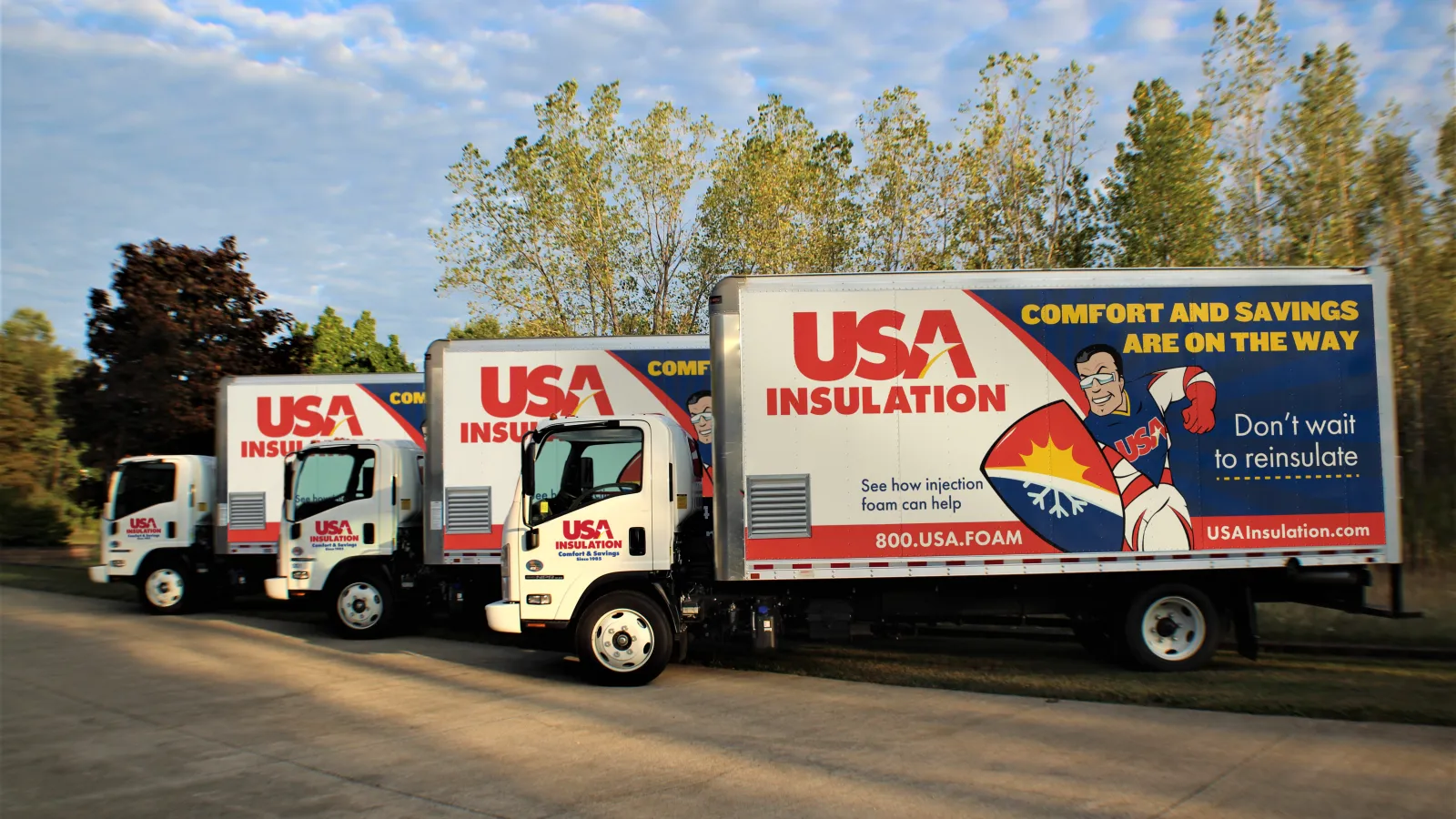Air sealing an attic means closing off gaps, cracks, and small openings in your attic that let air move in and out of your home. These leaks can lead to drafts, uneven temperatures, and wasted energy, making your heating and cooling systems work harder than necessary.
Using materials like caulk, spray foam, and weatherstripping, air sealing stops this unwanted airflow, helping to maintain a consistent indoor temperature and reducing energy waste.
Why Air Sealing Matters
1. Energy Savings
When warm air escapes in the winter or cool air leaks out in the summer, your HVAC system has to work harder to keep your home comfortable. Air sealing reduces this energy loss, which can lower your utility bills significantly.
2. Improved Home Comfort
Drafts and hot or cold spots in your home are often caused by air leaks in the attic. Sealing these leaks helps create an even temperature throughout your home, so every room feels just right.
3. Moisture Protection
Air leaks don't just let air in—they can also allow moisture to enter your attic. This moisture can lead to mold, mildew, and structural damage. Air sealing helps protect your home by keeping humidity at bay.
4. Better Insulation Performance
Insulation is only effective when air leaks are sealed. Without air sealing, insulation can't do its job properly, meaning you're not getting the full benefits of your investment.
Where Do Air Leaks Typically Occur?
Air leaks in the attic are common in areas such as:
- Recessed lighting fixtures: These often have gaps around the edges.
- Plumbing and electrical openings: Pipes and wiring create spaces where air can pass through.
- Attic hatch or door: This is a frequent source of drafts.
- Drywall edges and corners: Small cracks in these areas allow air to escape.
How Is Air Sealing Done?
Air sealing typically involves three steps:
Identify the Leaks
Professionals inspect your attic to locate gaps and cracks where air is escaping.Seal the Openings
Depending on the size of the leaks, they'll use caulk for small cracks, spray foam for larger gaps, and weatherstripping for areas like attic doors.Reinforce with Insulation
After sealing the leaks, insulation is added or upgraded to further improve energy efficiency. Together, air sealing and insulation provide maximum protection against energy loss.
Is Air Sealing an Attic Worth It?
Yes! According to the U.S. Department of Energy, air sealing and insulation can reduce heating and cooling costs by up to 20%. This not only saves money but also increases your home's comfort and extends the life of your HVAC system.
Why Choose USA Insulation for Air Sealing?
At USA Insulation, we specialize in creating comfortable, energy-efficient homes. Our experts use high-quality materials and proven techniques to seal air leaks and enhance your home's performance.
By combining air sealing with our top-notch insulation solutions, we ensure your home stays comfortable year-round while saving you money on energy bills.
Take the First Step Toward a More Efficient Home
If your home has drafts, high energy bills, or uneven temperatures, air sealing your attic might be the solution you need. Contact USA Insulation today for a free consultation, and let us help you create a home that's as efficient as it is comfortable.



